The demolition of the Hotel Jugoslavija, Belgrade's landmark and an outstanding example of modernist architecture from the country's socialist period, began a few days ago. Instead, on the banks of the Danube, a €500 million high-rise, shopping mall and luxury hotel will be built by 2027.
The project was controversial, with some residents, architects and institutions arguing that the building should have been preserved and renovated. As they say the Hotel was of historical and architectural value not only for Serbia, but also for the world, and represented a unique period in the urban and political history of Belgrade. For their part, the developers argue that the hotel could not be preserved, despite a team of architects being commissioned in 2008 to draw up plans to restore the building and preserve its heritage. Hotel Yugoslavija retained its heritage status until 2011.
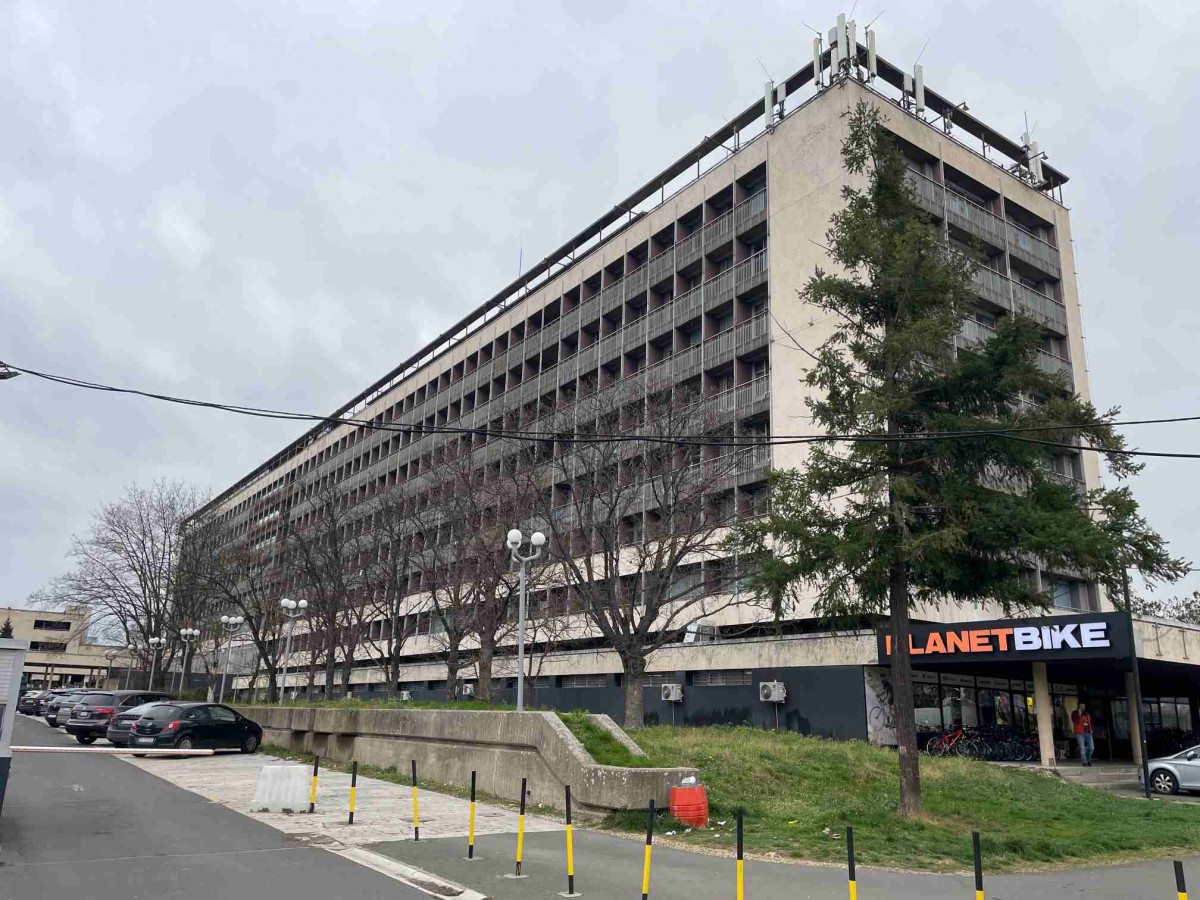
Jelena Ivanović Vojvodić, architect, co founder of Bureau VIA architectural office and co-founder of BINA (Belgrade International Architecture Week), was part of the team that implemented the plans for the reconstruction of Hotel Jugoslavija in 2008, preserving the historic building and its special elements, and expanding it to create business offices. As she tells Creatives Unite, "because of its design, functional layout and architectural values, Hotel Jugoslavija was one of the most important structures we had, one that essentially defined the global recognition of our country. It was recognised internationally as something truly exceptional".
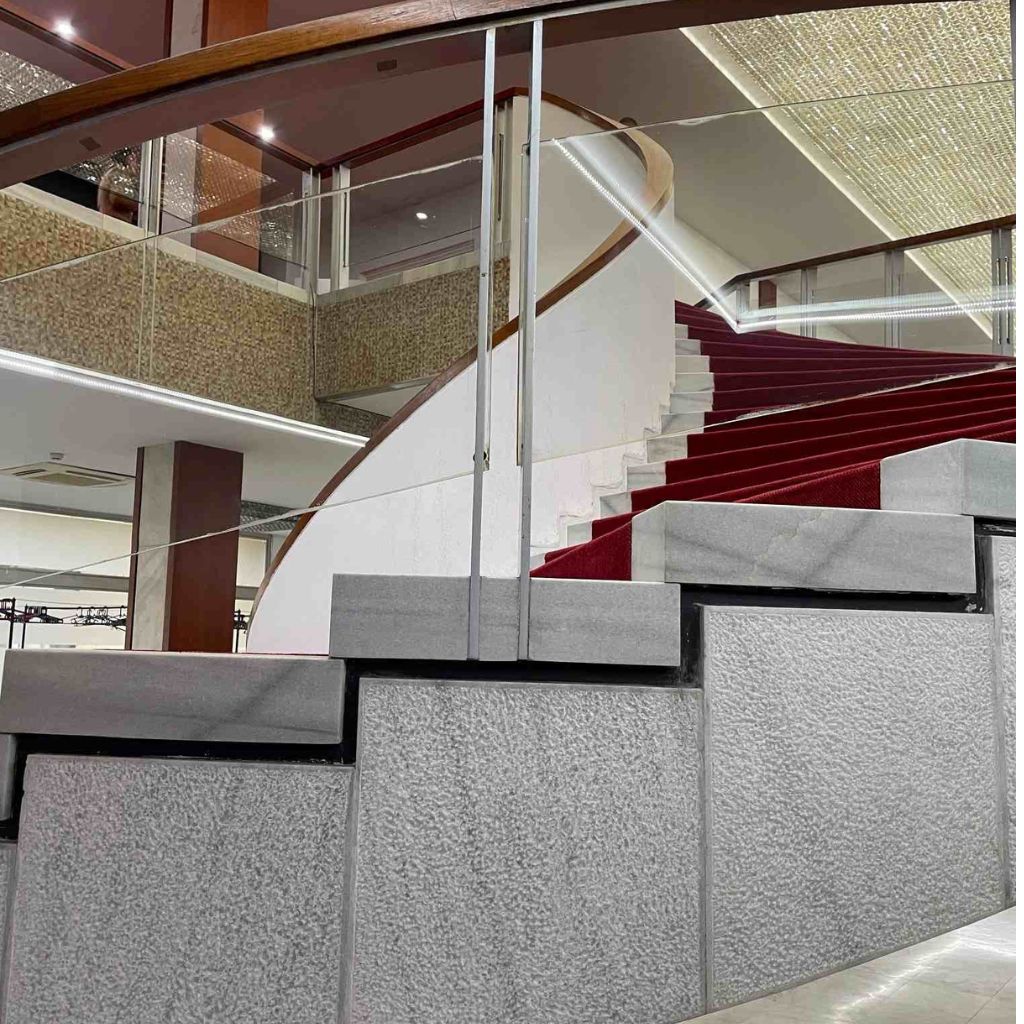
As to whether the demolition of Hotel Jugoslavija was necessary, Jelena Ivanovic Vojvodić claims that "the reconstruction of the building was entirely feasible and sustainable. We proved it. For example, it was possible to increase the number of rooms with some clever conversions, following the example of the Kempinski Hotel. Our plan also included an extension for the construction of an office building and the preservation of the public space, which will now be converted into apartments". In the 2008 plan, the built-up area would have been 99,000 m2. The new plan, which is currently being implemented, provides for a built-up area of 240,000m2 and the demolition of the existing historic building.
The building was sold about a year ago to the only successful bidder, the company "Millennium Team”, at a price of more than 27 million euro. According to the developers' plans, the first phase of work will take about four months. When completed, the complex will include an office building and a 200-room luxury hotel with two swimming pools. A modern pedestrian walkway will connect Nikola Tesla Avenue with the Danube district.
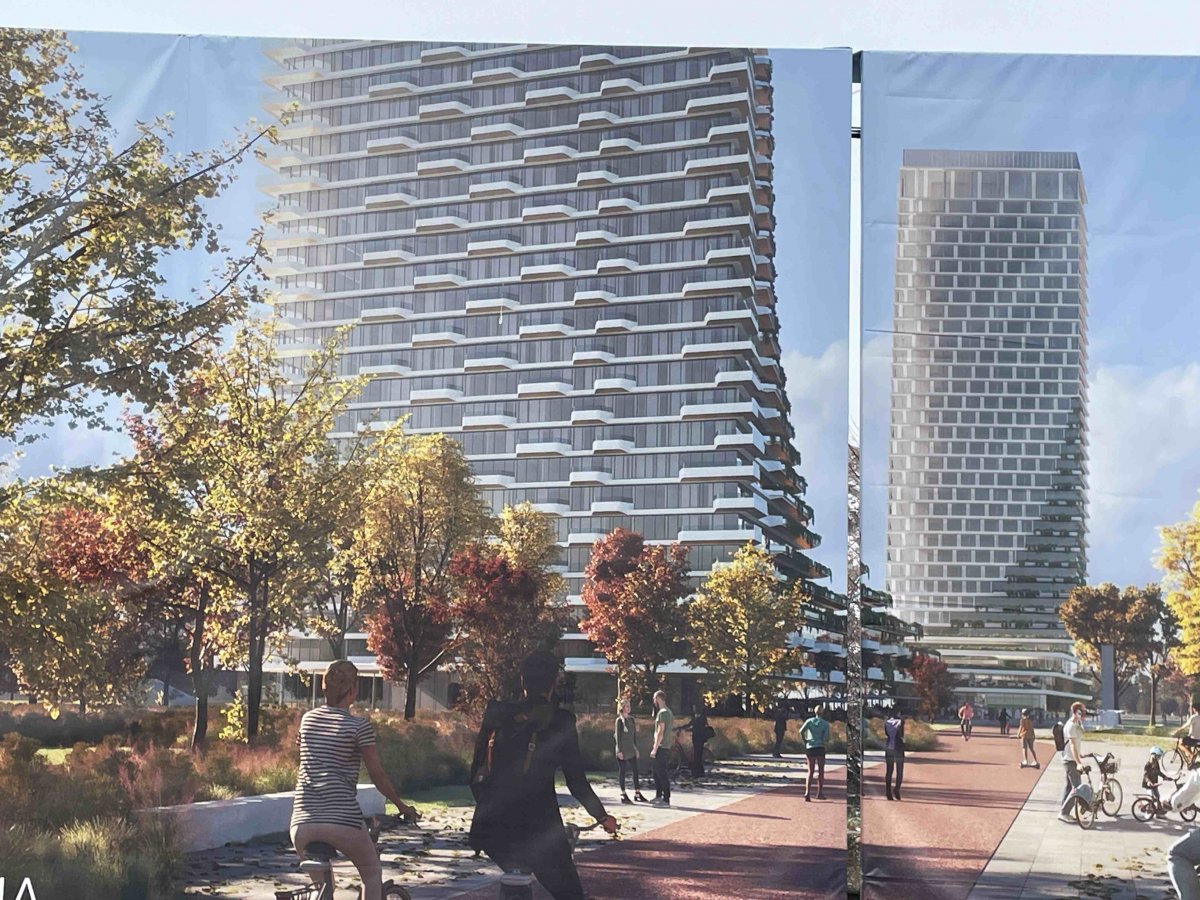
The Serbian capital is changing rapidly, and the fever of investment is threatening the disappearance of the city's monuments that expressed the modernist architectural movement, identified with its socialist history and connected to the everyday life of its inhabitants. The Dobrovicev Generalštab buildings and the Belgrade Fair complex are two other cases, like the Hotel Jugoslavijia, which have been removed from the list of 20th century monuments and are to be demolished and replaced by hotel complexes.
The significance of Hotel Jugoslavija
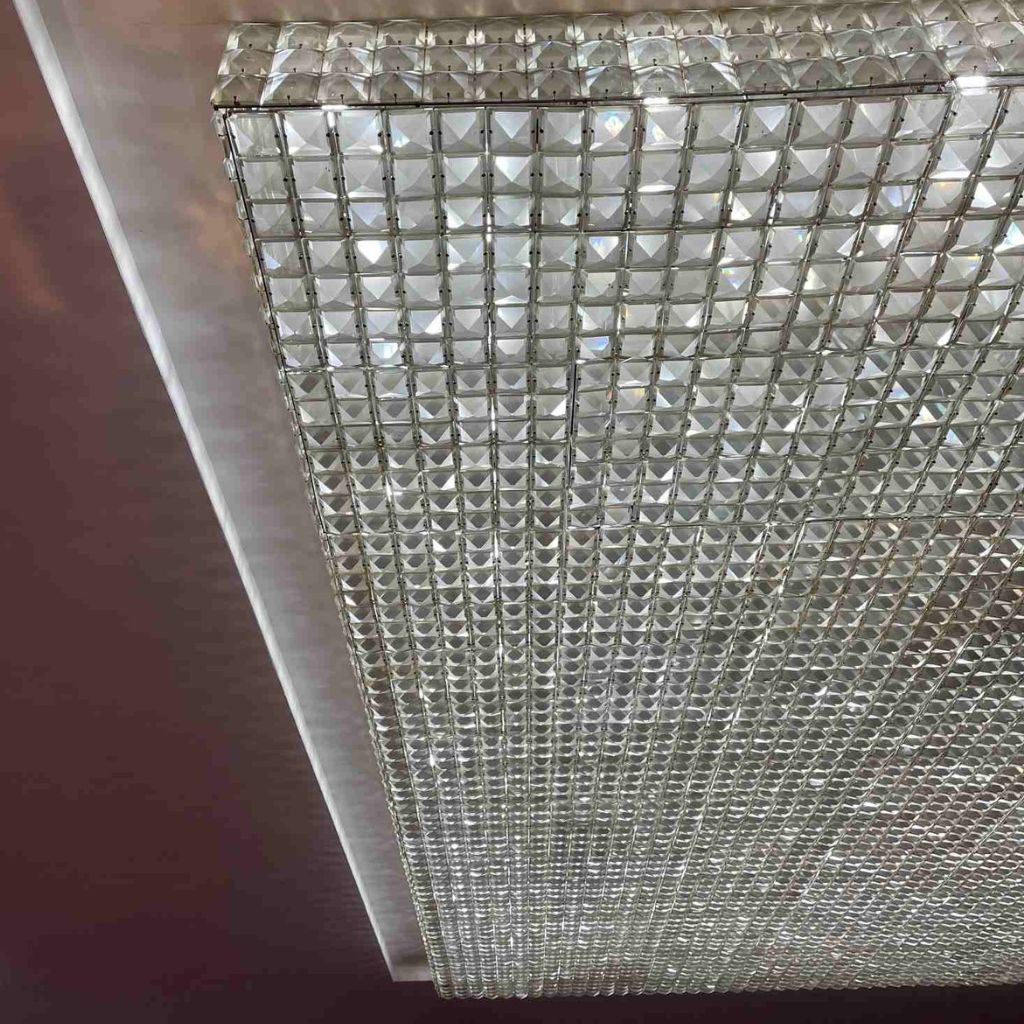 The first plans for the creation of the Hotel existed in 1948. However, it was eventually redesigned by the modernist architect Lavoslav Horvat and built in 1969 under the supervision of Josip Broz Tito, President of the Socialist Federal Republic of Yugoslavia. At the time the Hotel Jugoslavija was considered the largest in the Balkans and reflected the country's ambitions to have an international role as a bridge between Western and Eastern Europe. The building was an outstanding example of the modernist principles of the time, a combination of functionality and architectural form. Its interiors boasted luxurious details, including a Swarovski chandelier made from 40,000 crystals, which is the only item to be saved.
The first plans for the creation of the Hotel existed in 1948. However, it was eventually redesigned by the modernist architect Lavoslav Horvat and built in 1969 under the supervision of Josip Broz Tito, President of the Socialist Federal Republic of Yugoslavia. At the time the Hotel Jugoslavija was considered the largest in the Balkans and reflected the country's ambitions to have an international role as a bridge between Western and Eastern Europe. The building was an outstanding example of the modernist principles of the time, a combination of functionality and architectural form. Its interiors boasted luxurious details, including a Swarovski chandelier made from 40,000 crystals, which is the only item to be saved.
The iconic building has hosted American presidents Richard Nixon and Jimmy Carter, Britain's Queen Elizabeth II and a host of famous musicians and singers before falling into disrepair and eventually suffering damage during NATO bombing in 1999.
--
Photo credit: Jelena Ivanović Vojvodić








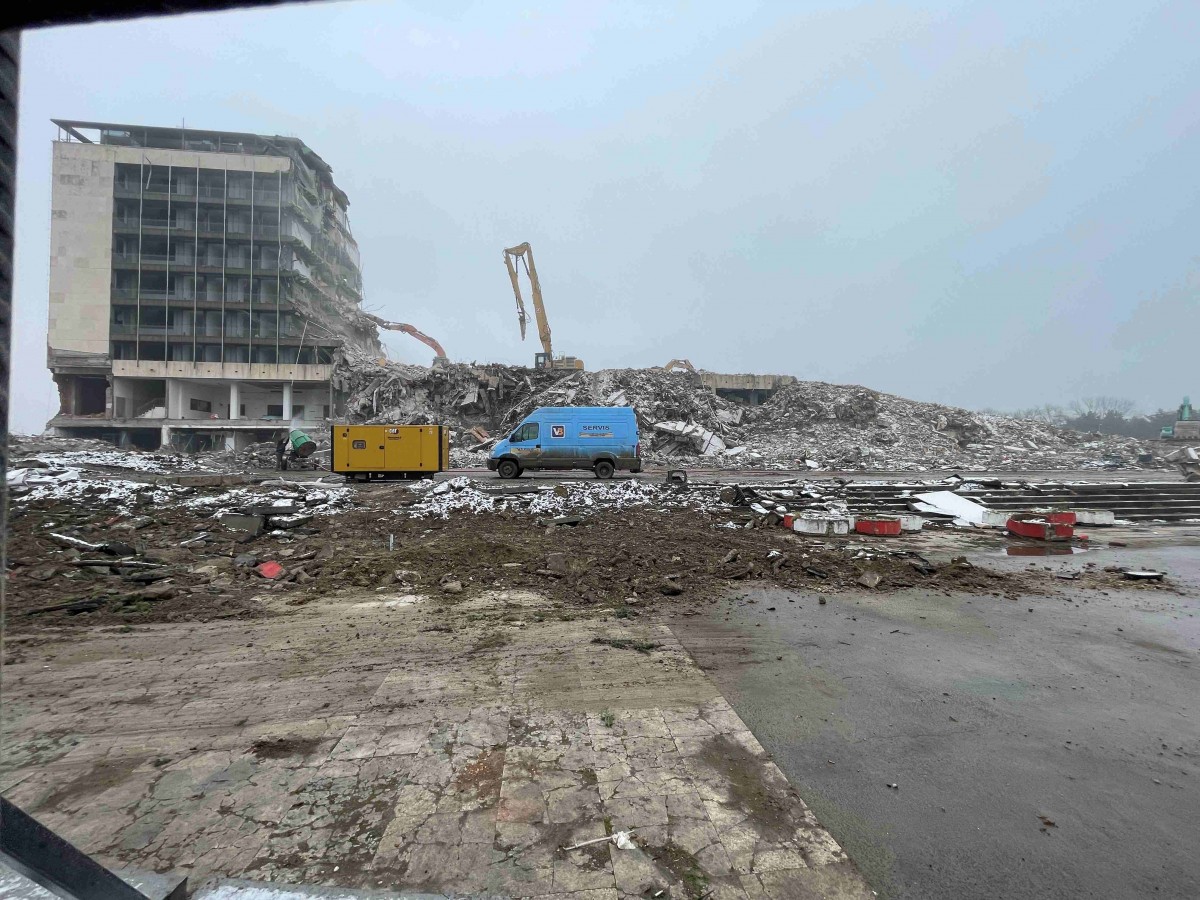



 The first plans for the creation of the Hotel existed in 1948. However, it was eventually redesigned by the modernist architect Lavoslav Horvat and built in 1969 under the supervision of Josip Broz Tito, President of the Socialist Federal Republic of Yugoslavia. At the time the Hotel Jugoslavija was considered the largest in the Balkans and reflected the country's ambitions to have an international role as a bridge between Western and Eastern Europe. The building was an outstanding example of the modernist principles of the time, a combination of functionality and architectural form. Its interiors boasted luxurious details, including a Swarovski chandelier made from 40,000 crystals, which is the only item to be saved.
The first plans for the creation of the Hotel existed in 1948. However, it was eventually redesigned by the modernist architect Lavoslav Horvat and built in 1969 under the supervision of Josip Broz Tito, President of the Socialist Federal Republic of Yugoslavia. At the time the Hotel Jugoslavija was considered the largest in the Balkans and reflected the country's ambitions to have an international role as a bridge between Western and Eastern Europe. The building was an outstanding example of the modernist principles of the time, a combination of functionality and architectural form. Its interiors boasted luxurious details, including a Swarovski chandelier made from 40,000 crystals, which is the only item to be saved.